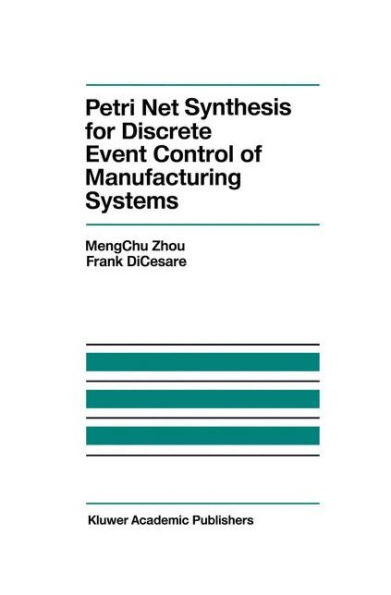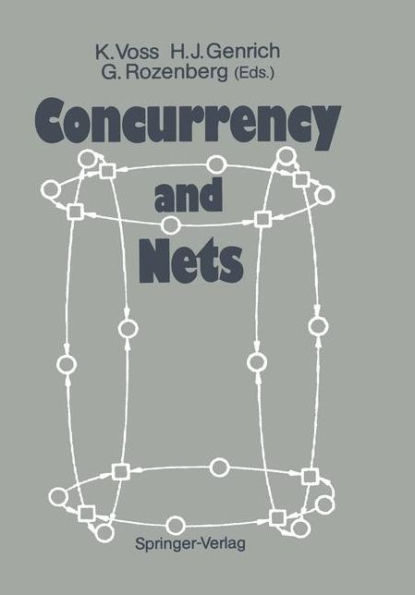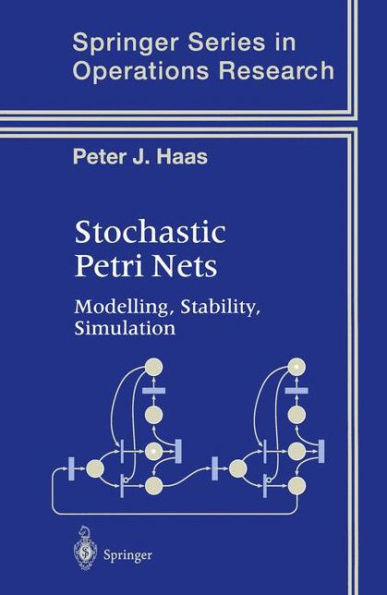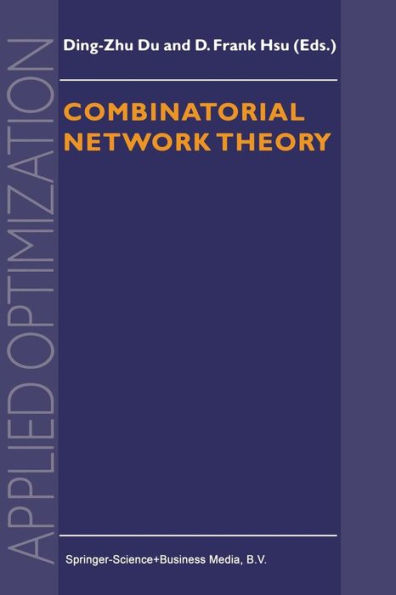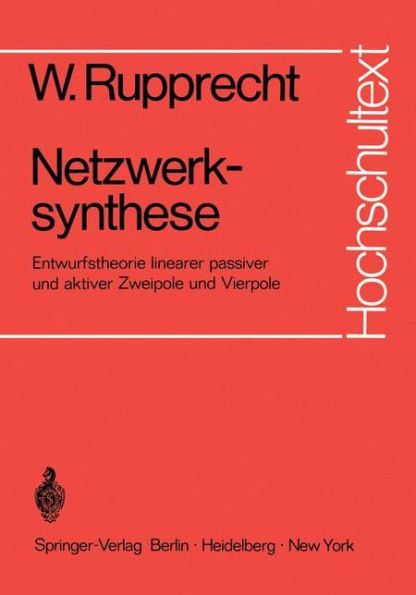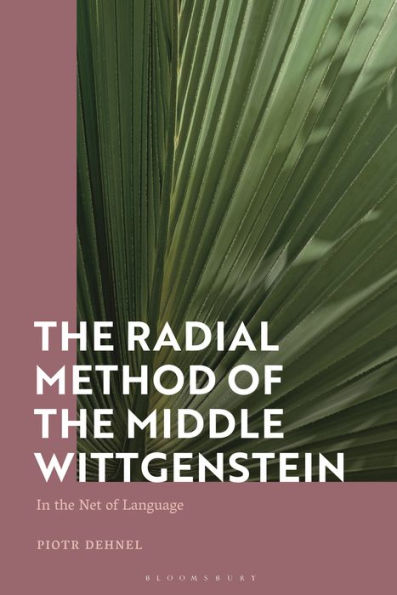Home
Petri Net Synthesis
Barnes and Noble
Petri Net Synthesis
Current price: $79.99


Barnes and Noble
Petri Net Synthesis
Current price: $79.99
Size: OS
Loading Inventory...
*Product information may vary - to confirm product availability, pricing, shipping and return information please contact Barnes and Noble
This book is a comprehensive, systematic survey of the synthesis problem, and of region theory which underlies its solution, covering the related theory, algorithms, and applications. The authors focus on safe Petri nets and place/transition nets (P/T-nets), treating synthesis as an automated process which, given behavioural specifications or partial specifications of a system to be realized, decides whether the specifications are feasible, and then produces a Petri net realizing them exactly, or if this is not possible produces a Petri net realizing an optimal approximation of the specifications.
In Part I the authors introduce elementary net synthesis. In Part II they explain variations of elementary net synthesis and the unified theory of net synthesis. The first three chapters of Part III address the linear algebraic structure of regions, synthesis of P/T-nets from finite initialized transition systems, and the synthesis of unbounded P/T-nets. Finally, the last chapter inPart III and the chapters in Part IV cover more advanced topics and applications: P/T-net with the step firing rule, extracting concurrency from transition systems, process discovery, supervisory control, and the design of speed-independent circuits.
Most chapters conclude with exercises, and the book is a valuable reference for both graduate students of computer science and electrical engineering and researchers and engineers in this domain.
In Part I the authors introduce elementary net synthesis. In Part II they explain variations of elementary net synthesis and the unified theory of net synthesis. The first three chapters of Part III address the linear algebraic structure of regions, synthesis of P/T-nets from finite initialized transition systems, and the synthesis of unbounded P/T-nets. Finally, the last chapter inPart III and the chapters in Part IV cover more advanced topics and applications: P/T-net with the step firing rule, extracting concurrency from transition systems, process discovery, supervisory control, and the design of speed-independent circuits.
Most chapters conclude with exercises, and the book is a valuable reference for both graduate students of computer science and electrical engineering and researchers and engineers in this domain.
